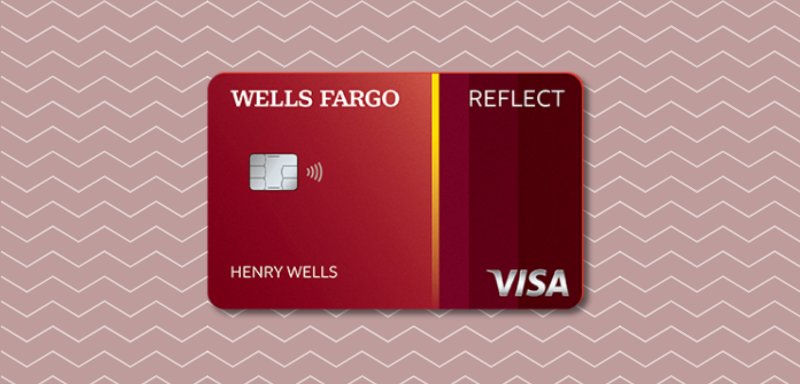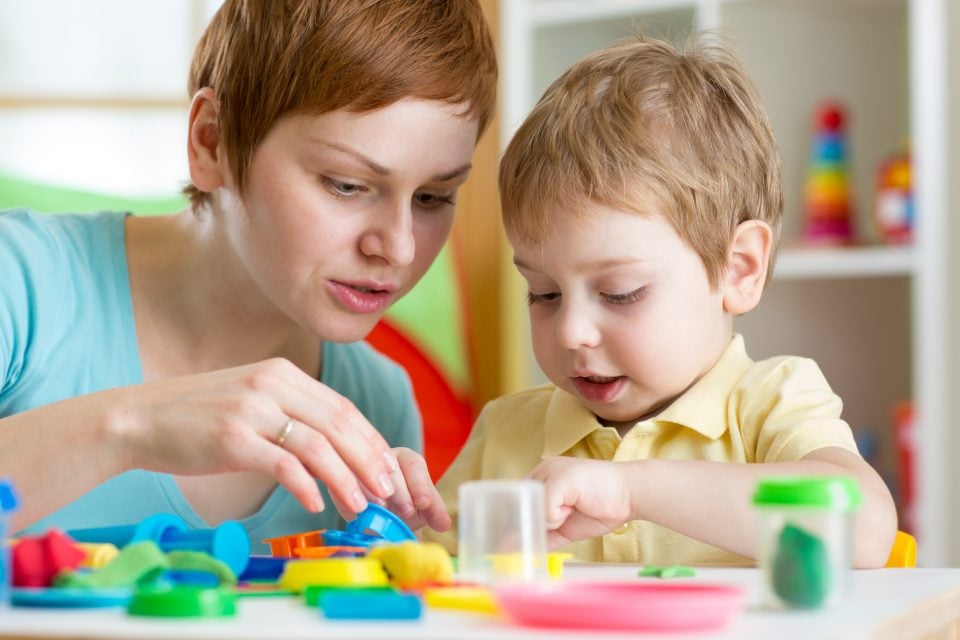Toddler Milestones
Guide to Toddler Walking Milestones
Advertisement
As a parent, the first steps are one of the most exciting and anticipated milestones in your child’s development. Watching your child take his first shaky steps is an important moment that you will cherish forever. But what can you expect when it comes to walking milestones for toddlers? This guide will help you understand the typical progression and provide tips to encourage your child along the way.
1. Crawl
Before your child starts walking, he or she usually goes through a crawling phase. Some babies skip this step and stand straight away, but crawling is an important milestone in building muscle and preparing them for walking.
2. Pull up
Around the age of 8 to 10 months, most toddlers begin to use furniture or other supports they can find to get up on their own. This is an important step toward walking, demonstrating developing leg strength and balance.
3. Cruising
Cruising is when your child walks while holding onto furniture or a stable object, such as a coffee table or couch. In this phase, they learn to find balance and take steps independently. Encourage them by creating a safe environment and providing sufficient furniture.
4. The First Step
The moment you’ve been eagerly waiting for has arrived: your child is taking his first steps! This condition usually occurs between the ages of 9 and 15 months, but every child is unique. Some people are more likely to take the first step, while others may wait longer. Be patient and supportive as your child begins this exciting journey.
5. Walking Independently
Once your child takes their first steps, they will gradually become more confident and independent. They may still stumble and fall, but it’s all part of the learning process. Make sure your home is safe and provide plenty of encouragement and praise.
6. Walk backward and Sideways
After your child has mastered walking forward, begin to explore walking backward and sideways. This is a sign that their balance and coordination are improving. Let them practice these movements to further improve their motor skills.
7. Running
As your child gets older and gains more control over their body, they will eventually transition from walking to running. Running is an important milestone and a sure sign that your child is becoming more coordinated and independent.
8. Jumping
Toddlers who have started walking can start jumping. These are advanced motor skills that demonstrate their physical development and increased self-confidence.
9. Climb the Stairs
Around the age of two, many young children become interested in climbing stairs. This is an important skill to teach them how to behave safely because without proper supervision significant dangers can arise.
10. Balance on One Foot
Around the age of three, many young children begin to practice the art of balancing on one foot. It is a basic skill that can pave the way for more complex sports, such as cycling or learning to skate.
11. Jump
As your child’s physical skills continue to develop, you may notice him trying to jump on one foot. This activity helps improve their balance, coordination, and muscle strength.
12. Jump Rope
Jumping rope is a fun and healthy activity that your child can introduce around the age of four or five. It promotes cardiovascular health, coordination, and rhythm. It’s also a great way to play outside.
13. Play Outside
Encouraging children to play outside is essential for their physical development. Outdoor activities such as running, playing tag, or climbing on playground equipment help them improve their motor skills and develop a love for physical activity.
14. Choose the Right Shoes
The right shoes are crucial for your child’s walking and running milestones. As your child gets older and more active, make sure the shoes fit properly, provide good support, and have non-slip soles to prevent accidents.
15. Regular Inspection
Regular child checkups are essential to ensure your child is meeting developmental milestones. Your child’s pediatrician can guide you and identify any problems that may require intervention.
16. Encourage Physical Activity
In addition to playing outside, involve your children in various physical activities. Enroll them in swimming, dance, or gymnastics classes to further improve their motor skills and provide opportunities for social interaction with peers.
Conclusion
In summary, the journey from crawling to walking independently is a remarkable process that demonstrates a child’s physical and cognitive growth. It’s important to remember that every child is unique and milestones can vary. Be patient, provide a safe environment, and provide plenty of support and encouragement as your child reaches each running milestone. Celebrate every step of their development and enjoy watching them grow.
FAQs
1. When do most young children start walking?
Most toddlers take their first steps between 9 and 15 months of age, but this can vary. Some people start walking earlier, while others start walking later.
2. Is it normal for children to skip the crawling phase?
Yes, this is normal. Some children skip crawling and go straight to standing and walking. Crawling is an important developmental stage, but not all children follow the same path.
3. What should I do to encourage my child to walk?
To encourage walking, create a safe and supportive environment with enough stable objects to support balance. When your children take action, give them lots of encouragement and praise.
4. My child is almost two years old and still cannot walk independently. Do I have to worry?
If your child has not started walking by age two, it is a good idea to talk to your pediatrician. There can be several causes for delayed walking, so underlying problems must be ruled out.
5. How can we ensure the safety of children as they learn to walk?
Child-proof your home by eliminating potential hazards, securing furniture to prevent tipping, and providing soft padding to prevent falls. Always keep a close eye on your child during walks.
You may also like

Wells Fargo Reflect® Card Review: No annual fee and a free APR intro 21 months
With the Wells Fargo Reflect® Card you will for sure get the best benefits of it. Click here to learn how to apply. Enjoy a $0 annual fee!
Keep Reading



